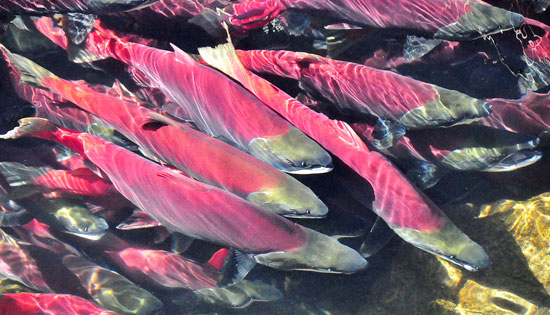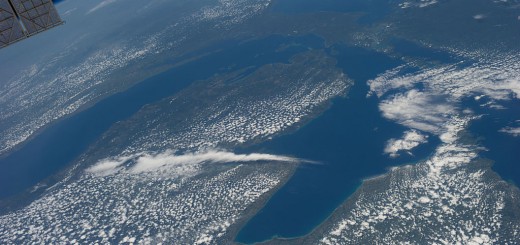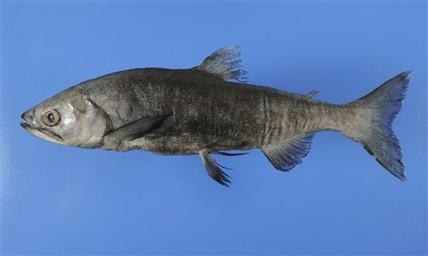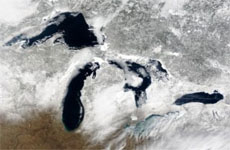Lehigh University aquatic ecologist studies carbon dynamics in water
0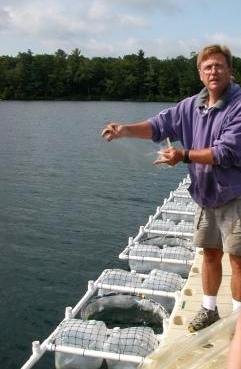 While roughly half of the carbon given off by human activity is released directly into the atmosphere, exacerbating global climate change, most of the rest is absorbed by oceans, watersheds, and plants.
While roughly half of the carbon given off by human activity is released directly into the atmosphere, exacerbating global climate change, most of the rest is absorbed by oceans, watersheds, and plants.
Aquatic Ecosystem Ecologist Donald Morris has conducted numerous studies on how CO2 is absorbed in lakes, streams, and rivers. There is strong evidence, he says, that human influences are speeding up the release of absorbed carbons in these water bodies.
Morris, an associate professor of earth and environmental sciences at Lehigh University in Bethlehem, Penn., has been examining carbon dynamics in small watersheds and the role of dissolved organic carbons (DOC) in water bodies. He’s focused on how land use and landscape affects how much DOC is released or sequestered.
“Organic carbon is fixed into plant material and stored in the soil,” Morris said. “It enters the watershed and ends up in lakes and rivers. Eventually, it reenters the atmosphere, where it behaves as a greenhouse gas. That’s in part why we’re interested in what regulates the sequestration of that carbon.”
The researcher has studied how carbon is sequestered at an experimental farm maintained by Rodale Institute, examining how different crops and agricultural processes influence organic carbon releases.
Additionally, he’s looking at how a virgin watershed in the Alan Seeger Natural Area in central Pennsylvania handles carbon, hoping to show the disparity of carbon sequestration abilities in undisturbed and degraded natural areas.
Morris and his colleagues have also recently completed a large-scale study on Lake Lacawac in northeastern Pennsylvania. They manipulated the amounts of DOC and ultraviolet light in several artificial enclosures, or mesocosms, which could shed light on how the two variables influence aquatic microbial food webs.
How human activities affect the carbon cycle [Lehigh University] Image Credit: Lehigh University




